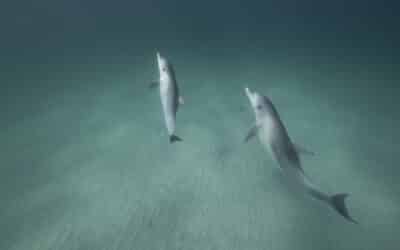Dirty Hands //
Kids in nature.
Is it time for kids to become nature kids?
As adults it’s easy to overlook the benefit of being nature kids. The benefits of spending consistent time outside can have on our health and wellbeing.
Hundreds of studies over the years have linked long-term health benefits to regular time spent outdoors. This includes a decrease in diabetes and cardiovascular mortality, lower blood pressure and heart rate and a better immune system.
One thing is for certain. We don’t speak enough about the impact nature and spending regular time outdoors can have. That impact affects our children’s wellbeing and their growth and development.
Nature kids are healthy kids.
Should kids be learning in nature?
We’re blessed to have advancements in technology, the introduction of online learning and a greater access to tech devices. But this has also created a generation of children that are spending more time indoors than ever before. Maybe it’s time we reconsider indoor classrooms. Let’s instead explore the benefits to teaching kids in nature and outdoors where possible.
Teaching in the outdoors.
In the 1970s, the rest of the world was moving to a results-based curriculum. But Scandinavian teachers saw the positive effects that nature walks were having on young students. Soon enough Scandinavian forest schools began to grow in popularity.
Many countries across the world are heavily focused on preparing children academically. This includes Australia. These countries want kids to have the ability to keep up with advancements in technology. Therefore, they start teaching computer skills and even coding from a young age. However, a report by the University of Copenhagen has found that four countries who are championing outdoor learning – Denmark, Finland, Singapore and New Zealand – are finding their “pupils’ knowledge can be built up by concrete experiences, interests, emotions and values through outdoor education”.
Planet Ark conducted a study based on local and international research. They found that teaching outside stimulated learning. It also improved concentration and test scores in areas such as mathematics, reading, listening, critical thinking and writing.
In Singapore the idea of nature schools and nature kids began to be widely accepted in 1967. The government wanted to build a defence capability through education. They wanted to ‘toughen up’ their citizens and create a stronger population, both characteristically and physically. In the years that followed the aim of outdoor learning shifted towards inclusiveness. Each child could then develop the tenacity to thrive in the globalised environment.
It’s clear that Australia and other western countries have not placed the same scrutiny on outdoor learning. They haven’t paid attention to how children getting their hands dirty is the key to a rounded and more effective education.
Developing a love of nature.
We can read books, show them movies and share stories about deforestation, global warming and an increasing loss of wildlife. However, nothing can compare to the touch, smell, sights, sounds and feel of nature on the body. It’s difficult for children to truly understand the impact and loss of the world’s natural beauty, without having created memories for themselves.
A study conducted for Harvard Health Publishing found that when children are exposed to sunlight it increases a natural rhythm to their day. When the day slowly turns to night children’s brains start to release the hormone melatonin. This encourages drowsiness in preparation for sleep. It’s difficult for this natural rhythm to occur if they are indoors and exposed to only blue light from tech devices for most of their day. Blue light disturbs sleep patterns, and upsets their concentration levels the following day.
Australian kids in nature.
A study reported in the Sydney Morning Herald examined 200 schools across Australia and found that nearly 30% of teachers spend no class time outside and another 30% spend less than 15 minutes outside every week. Embracing outdoor learning and time spent in nature could make all the difference to future generations growth, development and prepare them to tackle the future challenges the planet faces.
Keep Wandering.
A spirit like no other
A spirit like no other// From the humble beginnings of a few craftsmen, Australia's first dedicated gin distillery has grown to be a showcase of the island. Taste the essence of a place through ingredients foraged from the land.Among Kangaroo Island’s untouched cliffs...
Going under
Take a difference perspective // Grab a beach all to yourself and see what life is like under the surface Kangaroo Island is beautiful and it is common to have an entire beach to yourself. This is an experience our crowded world craves. Sheltered rock pools will cast...
Island day walks
Kangaroo Island day walks // Learning to go at a slower pace. Discover a lost world. Remote coastlines, vast national parks, seasonal waterfalls, and fresh, fresh air beckon the bushwalker to Kangaroo Island. Wander on Kangaroo Island is located in the middle of the...








